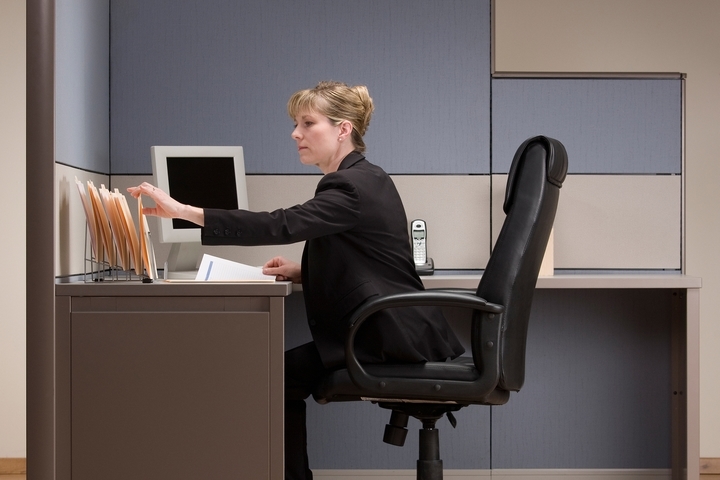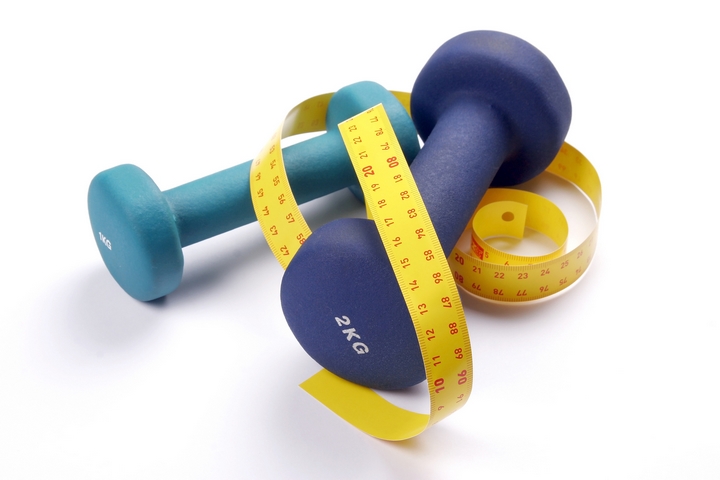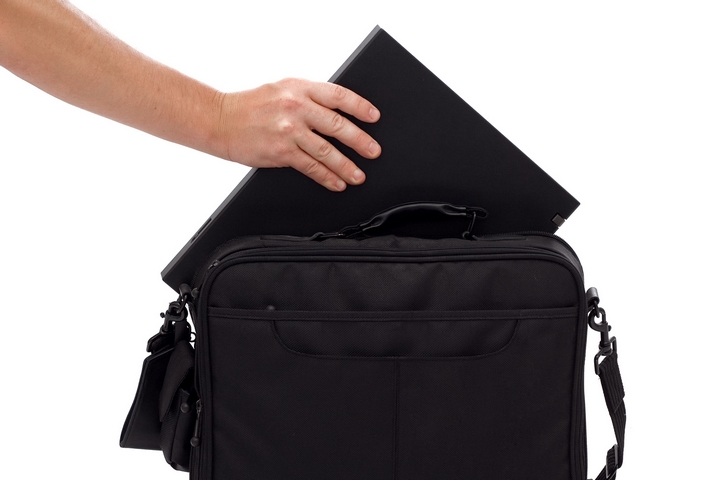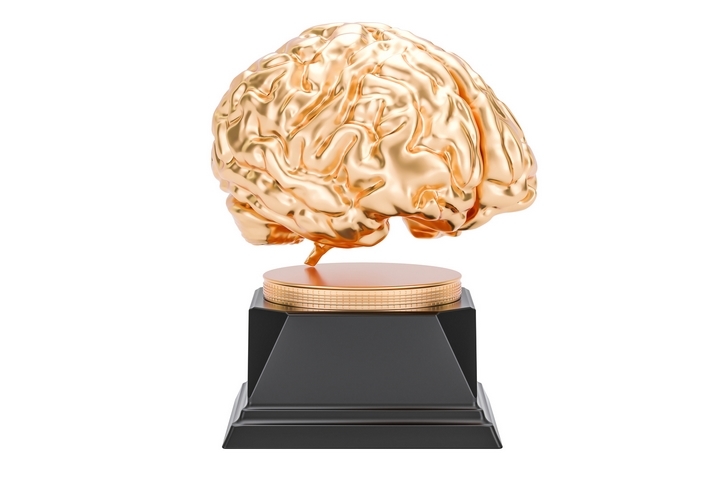
Ladies, let’s have a heart-to-heart. Being a woman can be hard— in addition to the societal shortcomings that put women in difficult positions, and there are so many reasons why life can be hard for us. But, without a doubt, we navigate with grace and composure, which is a feat worthy of a prize.
From nurturing families to excelling in careers, pursuing passions, and embracing life’s adventures, we embody resilience and dynamism. Unfortunately, though, things beyond society make life as a woman difficult. Namely, back pain.
Back pain isn’t selective; it doesn’t discriminate based on age, occupation, or lifestyle. It’s an equal-opportunity discomfort that can make even the most routine tasks feel like herculean challenges. Whether you’re a bustling professional, a dedicated mom, a fitness enthusiast, or a multifaceted woman wearing all these hats, back pain can disrupt your rhythm, slow your stride, and cast shadows on your vibrant life.
It’s time to stand tall, walk confidently, and embrace a pain-free life that empowers you to conquer every facet of your world.
1. Know your posture

Let’s start with the basics—posture. We’re all guilty of slouching occasionally, but poor posture can wreak havoc on your back. Make a conscious effort to sit and stand up straight. Invest in an ergonomic chair at work, and consider using a lumbar roll to support the natural curve of your spine. When using electronic devices, hold them at eye level to avoid hunching over. Good posture is the first step towards a pain-free back.
2. Get moving!

Exercise is your best friend when it comes to back pain prevention. Engage in activities that strengthen your core and back muscles, like yoga, Pilates, or swimming. These exercises help support your spine and improve your posture.
Don’t forget to stretch regularly to keep your muscles flexible. And remember, a sedentary lifestyle can contribute to back pain, so break up long periods of sitting with short walks or stretches.
3. Back braces

Sometimes, your back might need a little extra support (after all, who doesn’t), and that’s where back braces come into play. Back braces can provide added stability and help alleviate pain by reducing the strain on your spine.
Consult with a healthcare professional to determine if a back brace is right for you. Ensure you select the correct type and size for your specific needs. When used appropriately, back braces can be a valuable tool in your journey to a pain-free back.
4. Pay careful attention to your lifting technique

It’s modern times— we are working girls! Proper lifting technique is crucial, whether lifting a bag of groceries, your adorable toddler, or a 50 lb box at work. Bend your knees and keep your back straight when picking up objects from the ground.
Hold the load close to your body and use your leg muscles to lift, not your back. Avoid twisting your torso while carrying heavy items. These simple steps can prevent unnecessary strain on your back.
5. Opt for ergonomics

If you’re a working woman, you probably spend much of your day at a desk. Make sure your workspace is ergonomically friendly. Adjust your chair, keyboard, and monitor to the right height. Use a keyboard tray to keep your wrists in a neutral position.
Take short breaks to stand, stretch, and walk around. These small changes can make a big difference in reducing back pain at work.
6. Sleep smart

Ah, your bed, your haven, your source of comfort at night. Luckily and unfortunately, your sleeping position can alleviate or exacerbate back pain. The ideal position for back health is sleeping on your side with a pillow between your knees.
If you prefer sleeping on your back, place a pillow under your knees to maintain the natural curve of your lower back. Avoid sleeping on your stomach, as it can strain your neck and back.
7. Maintain a healthy weight

As women, we have been told to lose weight since the beginning of time, but in this case, it is not for aesthetics or to fit a mould— it is to alleviate pain and ensure that life is liveable to its max. Excess weight can stress your back, especially the lower spine.
Maintaining a healthy weight through a balanced diet and regular exercise can significantly reduce the risk of back pain. Shedding those extra pounds benefits your back and boosts your overall health.
8. Seek professional help

If back pain persists or worsens, it’s essential to seek professional guidance. We know that often, we feel like carrying the weight of the world on our shoulders, but we know that it is okay (and encouraged!) to seek help.
Consult a healthcare provider or a physical therapist for a thorough evaluation and personalized treatment plan. They can recommend specific exercises, therapies, or even medications to alleviate your pain— without a doubt, this may be the best option for you.












